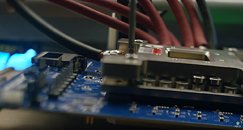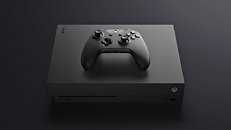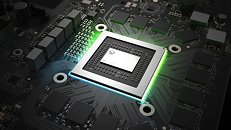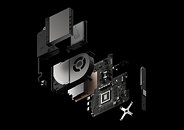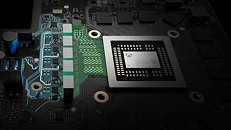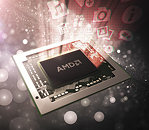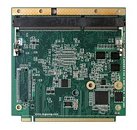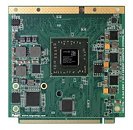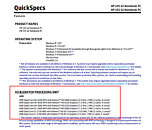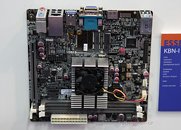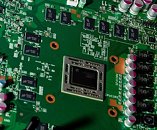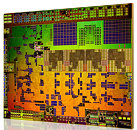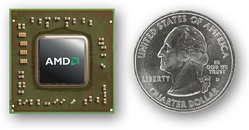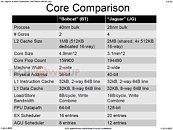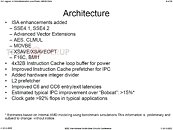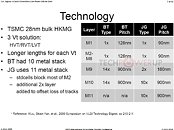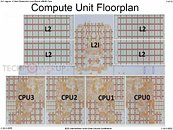Atari, Celebrates 50 Years of History with the Release of Atari 50: The Anniversary Celebration
Atari—one of the world's most iconic consumer brands and interactive entertainment producers—today launches its new title, Atari 50: The Anniversary Celebration, commemorating 50 years of success, growth, and progress in the video game industry. Available now on Nintendo Switch, Xbox One and Series X|S, PlayStation 4|5, and Windows PC, Atari 50 functions as an interactive trek through Atari's historic past, featuring a selection of the publisher's most iconic games, and brands, as well as showcasing the creative individuals who launched the video game industry.
A mix of video game collection-meets-anthology, Atari 50: The Anniversary Celebration showcases the history of Atari through a combination of retro and modern playable games, short videos, never-before-seen interviews, early development diaries, and more. Emulating seven separate console platforms, and containing titles spanning five decades, the library-styled interface presents over 100 video games sorted by era in an intuitive linear timeline. Other files and materials are also part of the package, including early development sketches, hardware schematics, internal memos, pictures, films, and other "artifacts," the majority of which have never been made public.
A mix of video game collection-meets-anthology, Atari 50: The Anniversary Celebration showcases the history of Atari through a combination of retro and modern playable games, short videos, never-before-seen interviews, early development diaries, and more. Emulating seven separate console platforms, and containing titles spanning five decades, the library-styled interface presents over 100 video games sorted by era in an intuitive linear timeline. Other files and materials are also part of the package, including early development sketches, hardware schematics, internal memos, pictures, films, and other "artifacts," the majority of which have never been made public.





